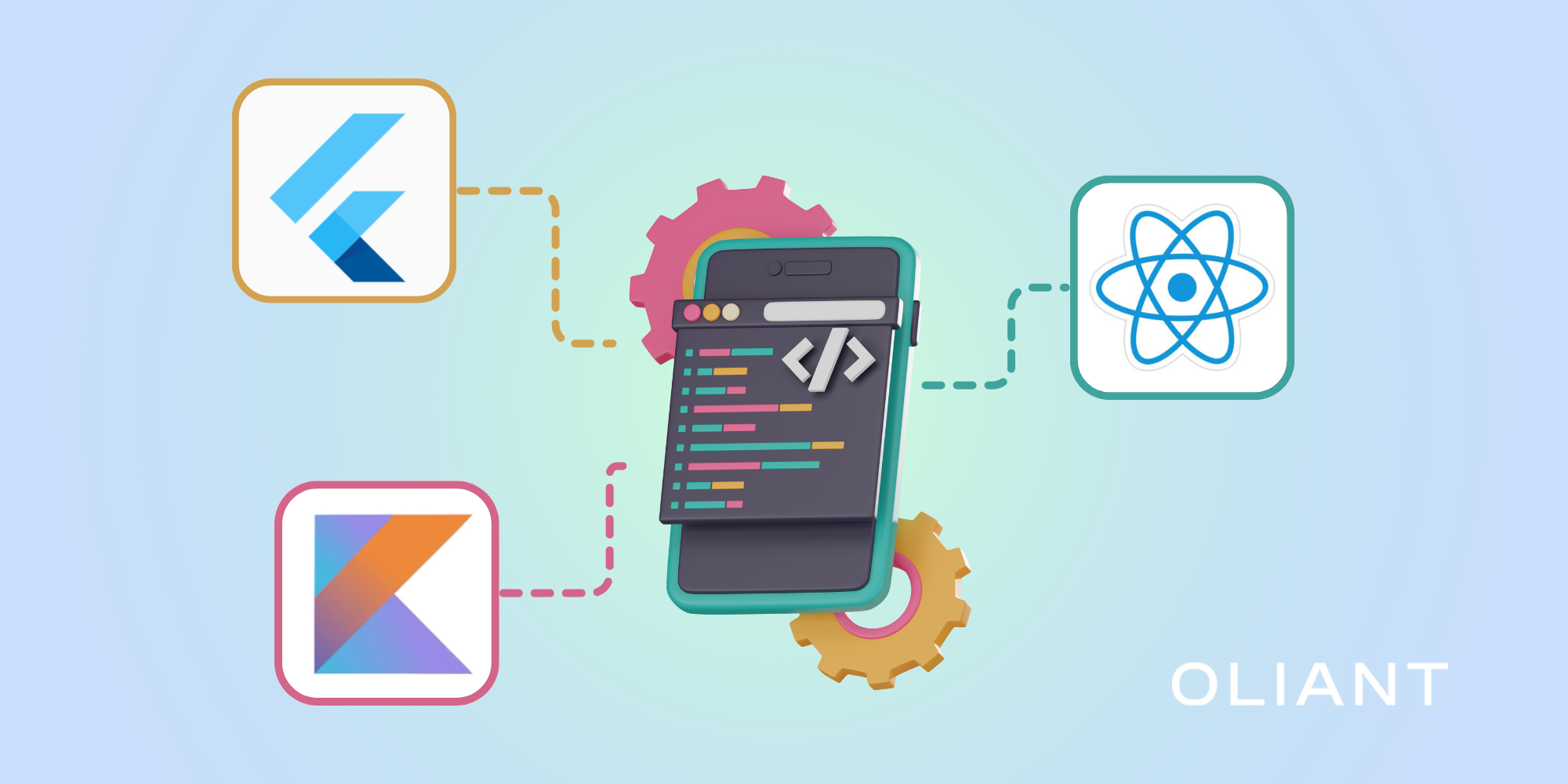In the software development world, we’re constantly in an arms-race not just for technology, but for the fastest, most effective way to deliver it. Both Agile and Scrum are currently being championed as the golden standards in this regard, but are they really all that?
To give you the perspective, the 17th State of Agile Report, showed 70% of Agile users were found in IT and the software development, making it the strategy of choice within the industry. Out of all the Agile variants, Scrum came out on top as the most used framework.
While Agile Methodologies and Scrum are often seen as interchangeable frameworks, both built with a focus on efficiency, they do have key differences.
Put simply, Agile is a broader project management philosophy that emphasizes flexibility and collaboration, Scrum is a specific methodology within Agile that provides a structured approach to managing complex projects. So, which one is the right fit? Let’s take a closer look.
Agile vs. Scrum: What's the Difference?
The comparison between Agile vs. Scrum deserves a look back at some history. In February 2001, a group of seasoned software practitioners came together to draft the Agile Manifesto. Their goal was clear: empower small development teams to deliver software more efficiently by following flexible, iterative processes.
Today, these 17 individuals who signed the manifesto are legends in the software industry. Among them was Robert C. Martin, commonly known as Uncle Bob, the father of Clean Code. In a recent interview, Uncle Bob described Agile simply: "Agile was a small idea for helping small teams to do small things."
What is Agile?
In essence, Agile software development is built on a set of values and principles, best reflected in the four key pillars of the original Agile Manifesto:
- Individuals and interactions over processes and tools
- Working software over comprehensive documentation
- Customer collaboration over contract negotiation
- Responding to change over following a plan
Agile’s flexibility stands in contrast to traditional methodologies like the Waterfall Methodology, which emphasizes rigid planning. Agile, instead, focuses on delivering small, functional pieces of software that can be continuously improved.
The Agile Methodology
Though Agile itself is a philosophy, it has evolved into a framework for managing projects. Agile project management is driven by the principles of the manifesto, encouraging iterative development, regular feedback, and adaptation.
Out of the total twelve principles, some of the most important ones include:
- "Deliver working software frequently," with development cycles (or sprint cycles) lasting weeks, not months.
- "Close, daily cooperation between business people and developers," which ensures alignment and open communication.
- "Projects are built around motivated individuals who should be trusted," reinforcing the importance of autonomy within the team.
- "Working software is the primary measure of progress," highlighting the value of functional outcomes over mere activity.
.avif)
When to use the Agile Framework
In the interview we mentioned before, Uncle Bob expresses the original intention was to help small teams. The current consensus is that Agile is better for teams of ten people or fewer. This argument is a good rule of thumb for the first evaluation.
Agile is also better suited for more flexible, fast-paced environments. Whereas heavily regulated industries will struggle with this methodology's, it thrives in the start-up ecosystem.
It's perfect for moving quickly with small teams of highly skilled and independent professionals that require fast go-to-market cycles. It is also an excellent option for rapid Proof of Concept development.
What is Scrum?
Scrum is currently the most widely adopted Agile framework, used by approximately 66% of Agile teams globally. While Scrum is often considered a subset of Agile project management, it’s distinct in its structured approach, it could be considered the Agile of the enterprise world.
The Scrum methodology is more formalized, requiring a set of predefined roles, meetings, and tools that are typically suited for larger teams and more complex, long-lasting projects.
Asides from being a project management framework, Scrum is also a certifiable discipline. Scrum organizations, such as Scrum.org, offer professional scrum certifications to anyone who might be interested.
Although there isn't one fixed learning path, it’s estimated that there are nowadays more than 200,000 people hold Scrum certifications, such as Certified ScrumMaster (CSM), which demonstrates a growing demand for Scrum knowledge and expertise in the job market.
The Elements of Scrum
In Scrum, work is broken down into short, iterative cycles called sprints, typically lasting two to three weeks. Each sprint cycle is marked by several key meetings, known as ceremonies:
Sprint Planning:
The team defines what work will be accomplished during the sprint.
Daily Stand-ups:
A brief daily meeting where team members update each other on progress. Guidelines propose to format these into three simple questions: What did you do yesterday? What are you doing today? And is there something currently blocking you?
Sprint Review:
Held at the end of the sprint, where completed work is showcased by all team members.
Sprint Retrospective:
Finally, the team reflects on what went well and what can be improved for future sprints.
Scrum Roles
Scrum defines three primary roles, although they're not always necessarily filled out by different people. One person can easily cover multiple roles if the project demands it.
Development Team:
The group responsible for delivering the product. Contrary to what the name may indicate, this can include developers as much as it can include QA testers, business analysts, and more.
Product Owner:
The person who represents the customer and ensures the team delivers the most value. They prioritize the backlog and set expectations for the team.
Scrum Master:
This is arguably the most important role. The Scrum Master serves as a facilitator and coach, helping the team adhere to Scrum practices, remove blockers, and ensure smooth delivery.
Making the most of Scrum Tools and Metrics
Successfully implementing the Scrum methodology becomes much easier with the right tools. Various platforms are designed to help manage Scrum projects, offering features that track progress, metrics, and team workloads.
Popular development platforms like GitLab and GitHub provide excellent tools that are well-suited for Scrum teams, making it easier to visualize tasks and monitor sprint progress in real-time.
Metrics play a vital role in the Scrum framework, allowing teams to measure their efficiency and progress. While Scrum emphasizes flexibility, it gives teams the freedom to define their own metrics.
One of the most widely used is Story Point velocity, which helps teams estimate the complexity and effort needed for tasks within a sprint. Though Story Points are often debated—particularly around how they should be measured—they remain a key metric for assessing team-level progress.
However, Story Points do not measure business outcomes. Instead, they focus on the team's performance and output during sprints. At the end of the day, the most meaningful metric in both Agile and Scrum is the delivery of a functional product.
Other Agile Methodologies
While Scrum is a popular choice, there are several other frameworks within the Agile ecosystem that cater to different team structures and project needs.
For example, Extreme Programming (XP) was one of the first methodologies born from the Agile Manifesto and emphasizes developer responsibility for project changes and direction.
Similarly, Kanban offers a flexible framework like Scrum but without the mandatory ceremonies, making it ideal for teams that prefer fewer structured meetings.
For larger organizations, the Scaled Agile Framework (SAFe) provides a comprehensive system for aligning and coordinating multiple Agile teams across departments, ensuring collaborative efforts in more complex environments.
Each of these methodologies has its strengths, and choosing the right one depends on the size, goals, and culture of your team.
So, should you use Agile or Scrum?
From our experience working with companies and projects of all sizes, most organizations benefit from using a development framework. While a few exceptions may exist, the vast majority of teams find that adopting an Agile methodology improves their efficiency and product delivery.
We can categorize these frameworks into unstructured, semi-structured, and structured methodologies. For example, Extreme Programming’s unstructured approach works well for small, highly skilled teams that require flexibility.
This type of approach is ideal for proof-of-concept projects or demos, where quick iterations are needed. Contrary to what you might think, unstructured methods often require more expertise, making them best suited for experienced teams.
For teams with more stakeholders or those ranging from 5 to 10 members, Scrum or Kanban are both great options. However, if you’re new to Scrum, expect a learning curve. It might be helpful to engage Scrum experts or partner with agencies specializing in Scrum methodology to ease the transition.
In large-scale enterprises, we've seen cases where the Scaled Agile Framework (SAFe) is an effective solution for managing multiple teams and complex projects. Implementing SAFe, however, is no small task. It requires significant time and effort, making it better suited for big corporations where multiple teams need to collaborate and align.
By considering your team's size, structure, and goals, you can choose the most appropriate Agile framework for your needs.
Both Agile and Scrum have revolutionized how software is developed, and understanding the differences helps teams choose the right approach based on their size, goals, and complexity of work.





















.png)





.png)



.png)










.avif)









.avif)
